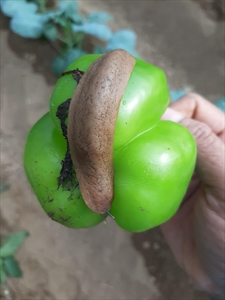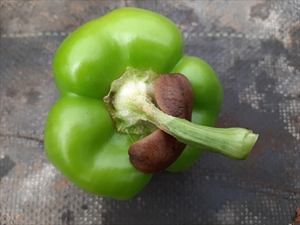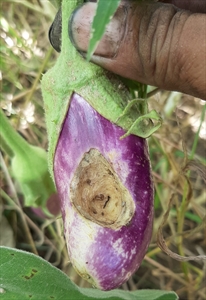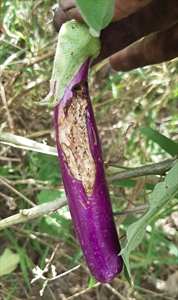- Worldwide. Africa (restricted), Asia (restricted), Southeast Asia (Malaysia, the Philippines), North, South, Central America, the Caribbean, Oceania. In Australia, Fiji, Guam, New Caledonia, Northern Marianna Islands, Vanuatu.
- Important invasive pest of vegetables; also attacks, ornamentals, tree crops, nursery plants, weeds. Spreads rat lung worm to humans.
- Greyish-brown, flattish with black markings, up to 70 mm long when moving (no stripe on the back). Nocturnal. Found under leaves, stones, on low trees in variety of habitats. Burrows deeply in dry times. Populations increase rapidly after long rains.
- Natural enemies: predatory snails and flatworms, but they should NOT be introduced without environmental impact studies. These generalists will annihilate local snails. Use Indian runner ducks (but note, this slug climbs trees).
- Biosecurity: many Pacific island countries are vulnerable.
- Cultural control: bare earth or sand around plots; collect and destroy; use beer traps to attract slugs.
- Chemical control: note, metaldehyde NOT recommended: toxic to livestock, pets and humans; use baits with iron phosphate, sodium ferric EDTA - effective and safer.











